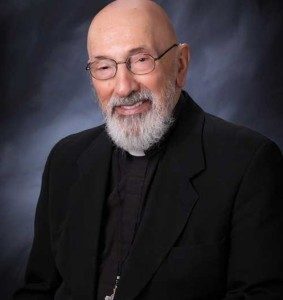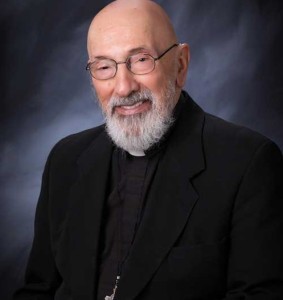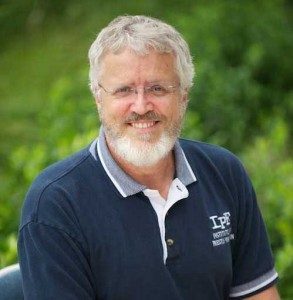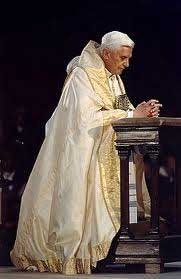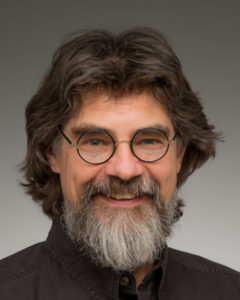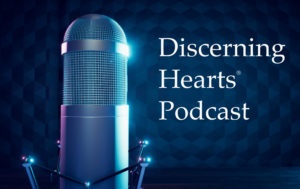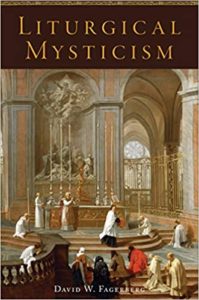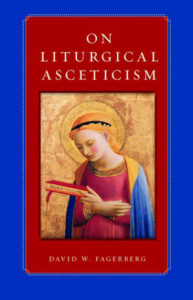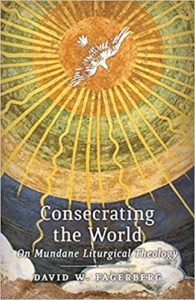Podcast: Play in new window | Download (Duration: 26:25 — 18.3MB) | Embed
Subscribe: Apple Podcasts | Spotify | Amazon Music | Android | Pandora | iHeartRadio | JioSaavn | Podchaser | Gaana | Podcast Index | Email | TuneIn | Deezer | Anghami | RSS | More
Episode 2 – O God, Be Merciful – A Biblical Way of Praying the Mass with Fr. Timothy Gallagher O.M.V.
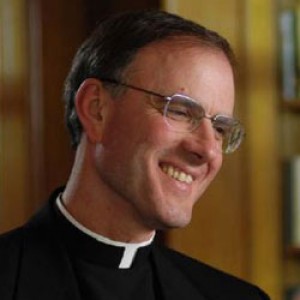
We continue our conversation with Fr. Gallagher discussing the encouragements given by Venerable Bruno Lanteri in regards to a biblical way of praying the Mass. In this episode, Fr. Gallagher reflects on the Penitential rite of the Mass.
Take a moment now to ponder the tax collector’s prayer (Luke 18:9–14). Consider his heart: his sincerity, his openness, his contrition, his desire to change, and his trust in God’s mercy. Pray for a heart like his. Then, with his same sentiments, slowly pray these words:
I confess to almighty God (the God whose infinite love and mercy we know)
and to you, my brothers and sisters (before whom also we accept our responsibility),
that I have greatly sinned (humble recognition, like the tax collector),
in my thoughts and in my words (how I have thought of others and how I have spoken),
in what I have done and in what I have failed to do (my actions and my omissions),
through my fault, through my fault (I accept my responsibility), through my most grievous fault (and accept it again with a humble heart);
therefore I ask blessed Mary ever-Virgin (my heart lifts as I ponder her tender love),
all the Angels and Saints (my heart lifts further as I contemplate the multitude of angels and saints who love me),
and you, my brothers and sisters (I ask this, too, of those present here with me),
to pray for me to the Lord our God (with confidence, I ask for the prayers of all these). * * *Now, with a heart like the tax collector’s, pray the following words. Pause briefly at each invocation. The biblical verse cited may assist this meditation. As you pray, feel the healing grace of the God who is “nothing but mercy and love” (Saint Thérèse): Lord, have mercy.
(“Lord, you are good and forgiving, most loving to all who call on you” [Ps. 86:5].)
Lord, have mercy. (“With the Lord is mercy, with him is plenteous redemption” [Ps 130:7].)
Christ, have mercy. (A prayer to Jesus from the heart: “Lord, if you wish, you can make me clean” [Matt. 8:2].)Christ, have mercy. (Again, from the heart: “Jesus, Son of David, have pity on me” [Mark 10:47].)
Lord, have mercy. (“God, who is rich in mercy . . . brought us to life with Christ” [Eph. 2:4–5].
Our God is rich in mercy.) Lord, have mercy. (“Let us confidently approach the throne of grace to receive mercy” [Heb. 4:16].)Pray these invocations in this way, with these sentiments, when you are at Mass.
Gallagher, Fr. Timothy; Gallagher, Fr Timothy . A Biblical Way of Praying the Mass: The Eucharistic Wisdom of Venerable Bruno Lanteri (pp. 34-35). EWTN Publishing Inc.. Kindle Edition.
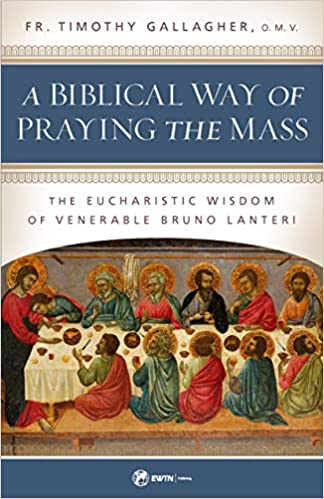 You can find A Biblical Way of Praying the Mass here
You can find A Biblical Way of Praying the Mass here
Father Timothy M. Gallagher, O.M.V., was ordained in 1979 as a member of the Oblates of the Virgin Mary, a religious community dedicated to retreats and spiritual formation according to the Spiritual Exercises of St. Ignatius. Fr. Gallagher is featured on the EWTN series “Living the Discerning Life: The Spiritual Teachings of St. Ignatius of Loyola”. For more information on how to obtain copies of Fr. Gallaghers’s various books and audio which are available for purchase, please visit his website: frtimothygallagher.org
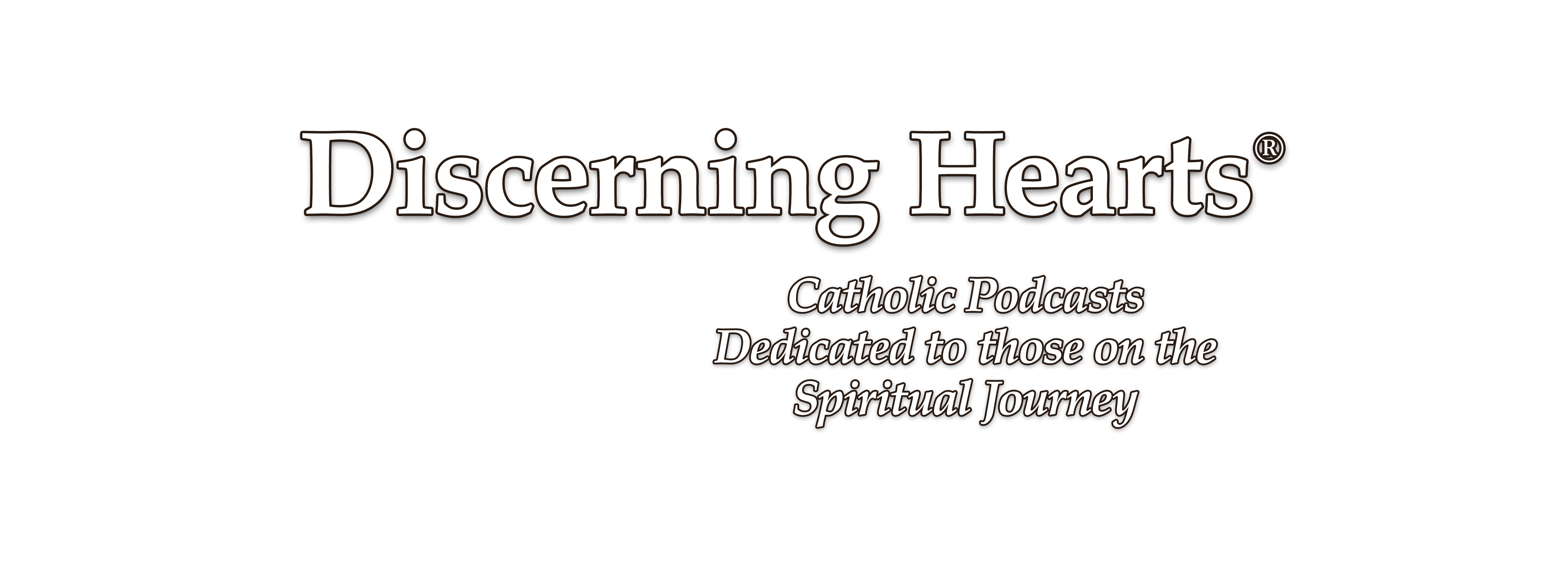
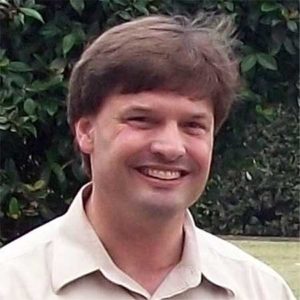
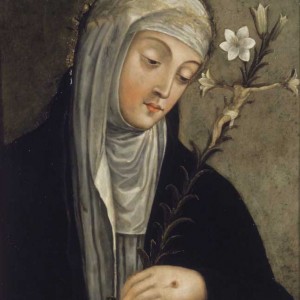 Christ is the bridge to the Father and we cross this bridge by allowing our hearts to be pierced by what the Lord has done for us. The passion of Christ reveals at once the truth about who God is and who we are in his sight. For her, among the greatest blocks to the spiritual life is ignorance. Knowledge of God and knowledge of self go hand in hand in progressing toward spiritual maturity. But the knowing is not simply an intellectual trip. It as the kind of knowing informed by the loving affection of a real friendship. The friendship she describes in tender terms evokes the deepest joys and sorrows all at once.
Christ is the bridge to the Father and we cross this bridge by allowing our hearts to be pierced by what the Lord has done for us. The passion of Christ reveals at once the truth about who God is and who we are in his sight. For her, among the greatest blocks to the spiritual life is ignorance. Knowledge of God and knowledge of self go hand in hand in progressing toward spiritual maturity. But the knowing is not simply an intellectual trip. It as the kind of knowing informed by the loving affection of a real friendship. The friendship she describes in tender terms evokes the deepest joys and sorrows all at once.
